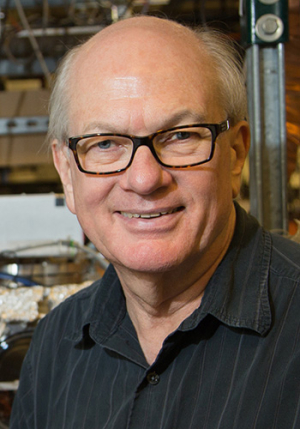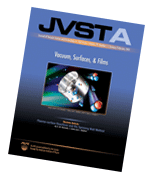The Journal of Vacuum Science & Technology featured an article by Cullen College Professor of chemical and biomolecular engineering Vince Donnelly on the cover of its January/February 2011 issue.
The paper "Plasma-surface Reactions and the Spinning Wall Method," outlined a new way to determine the behavior of atoms and molecules on the interior walls plasma chambers. These chambers are used for many industrial processes, such etching silicon for integrated circuits. These processes are often slowed by how plasma particles attach themselves to and react with each other on the surface of chamber interiors. According to Donnelly, “this kind of a long-term drift in the nature of the wall is one of the main reasons these etching processes lack the kind of precision they need to have when used for manufacturing purposes.”
Understanding how these reactions occur will provide industry with a greater ability to control them and therefore better manage manufacturing processes. With that in mind, Donnelly has developed a chamber with a spinning cylinder serving as part of the chamber’s interior. The cylinder always has one portion of its surface exposed to the plasma and another on outside the chamber.
During operation, the cylinder rotates at up to 50,000 times per minute. Using a mass spectrometer, Donnelly is able to analyze the particles that attach to the portion of the surface of the cylinder on the interior of the chamber just as that portion exits the chamber. What’s more, the speed at which the cylinder rotates can be adjusted, providing insight into these rate at which reactions occur. Information uncovered includes how these particles react with each other and how they attach and detach from the surface.
Ultimately, manufacturers could use this information to improve and enhance their operations, said Donnelly. “This process can be used to predict plasma operations in conditions that aren’t currently being used, and contributes to overall knowledge of how these plasmas operate.”

